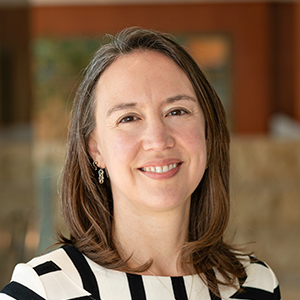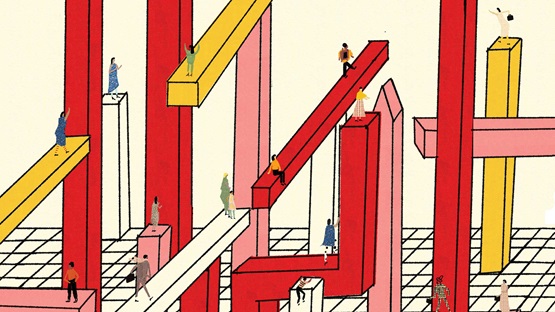One way to think about income inequality is to look at how income is concentrated at the top: Just how much of total income do the highest earners receive? In the United States, the top 2 percent of individual earners received almost 18 percent of total income in 2019. But national averages obscure large differences in how income is distributed within the 50 states.
The chart suggests there may be an income/equality trade-off: States with higher median incomes also tend to be states where income is more concentrated. But the correlation is not perfect. For example, Connecticut and Maryland have similar median earnings but very different income concentrations.
| Median individual earnings | Concentration of income | Income mobility from third to top quartile, 2014–2019 | |
|---|---|---|---|
| United States | $35,610 | 17.9% | 20.9% |
| Connecticut | $42,240 | 24.0% | 20.3% |
| Tennessee | $31,580 | 17.7% | 21.5% |
| Colorado | $39,040 | 16.5% | 22.5% |
| Indiana | $33,460 | 14.3% | 21.3% |
| Maryland | $44,790 | 14.3% | 21.0% |
Do states with higher concentrations of income also tend to have higher rates of upward mobility, giving workers more opportunity to make it to the top echelons? Interestingly, rates of economic mobility from the third quartile (that is, the 50th to 75th percentile of the income distribution) into the top quartile did not vary all that much across states.
This article is featured in the spring 2024 issue of For All, the magazine of the Opportunity & Inclusive Growth Institute
Lisa Camner McKay is a senior writer with the Opportunity & Inclusive Growth Institute at the Minneapolis Fed. In this role, she creates content for diverse audiences in support of the Institute’s policy and research work.






